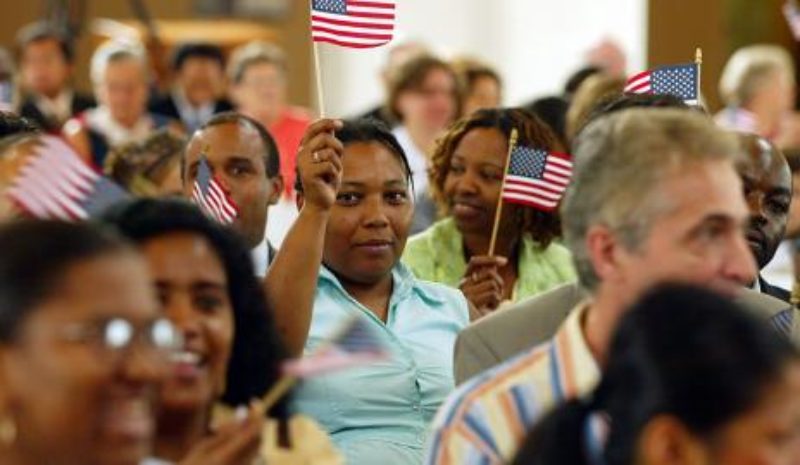A Closer Look at the New Global Estimates on the Prevalence of Human Trafficking in 2017
Yesterday the International Labor Organization (ILO) and Walk Free Foundation released their newest report estimating the number of victims of modern slavery across the globe: 24.9 million victims worldwide. This estimate, last calculated in 2012, looks at all types of human trafficking across sectors, economies, and geographical regions. It’s a critical number for anti-human trafficking advocates who depend on this estimate to communicate the growth and pervasiveness of this crime and to develop strategies to combat it.
Over the past three years, the ILO and Walk Free Foundation have worked to pilot a new methodology for measuring the number of people living in modern slavery. It draws on information from in-person interviews, surveys such as the Gallup Poll, and data from the International Organization for Migration on trafficking victims who have received assistance through their programs. The data for the report is based on random sampling from 54 surveys in 48 countries, and the final estimations are a combination of survey responses, secondary sources, and extrapolation based on the country’s vulnerability to modern slavery and total population.
The report breaks the number of enslaved persons into two categories: those who were forced into labor at some point during the last five years, and those who have been exploited for forced labor for the entire five years. This distinction between variability represents how many people are affected by modern slavery and for how long, important data when policy makers are making strategic decisions on the best ways to combat these crimes. This data will paint the clearest estimate of modern slavery to date, both globally and regionally.
According to the new estimate, human traffickers enslave approximately 24.9 million victims worldwide. Due to the new methodology, it is hard to definitively say that this number represents an increase from the 2012 figure of 20.9 million. However, whether this number is the result of an increase in prevalence or an increase in our ability to recognize enslaved populations, it still represents a rapidly growing and egregious human rights violation.
This report rebuffs the belief that most trafficked persons are primarily held for sexual exploitation. It estimates that 64 percent of all enslaved persons are trafficked into forced labor, 19 percent for commercial sexual exploitation, and 16 percent as part of state sponsored slavery. Breaking down these numbers by industry, domestic work, construction, manufacturing, and agriculture are among the most common.
Additionally, the report claims that more than 50 percent of men and women in forced labor exploitation are held using debt bondage, with that number increasing to 70 percent in the most pervasive industries listed above. The 2014 report, which focused on the profits from human trafficking, shows that although a majority of victims are trafficked for labor exploitation, that industry earned about $42 billion annually, while sexual exploitation earned traffickers a whopping $99 billion.
The global statistics in this report also dispel the idea that modern slavery is not an issue at home. While calculations in the report show that modern slavery is the most prominent in Asia and Pacific region, in the Americas is estimates that 1.3 of every 1,000 people are enslaved, representing five percent of the total enslaved population worldwide.
What can the United States do?
To significantly lower the prevalence of slavery, we must hold perpetrators of this crime accountable. Improving criminal justice mechanisms and fostering successful coordination between law enforcement, victim service providers, and government agencies to better identify victims and prosecute perpetrators is one way of doing this. However, to combat the true scale of this crime, successful programs must be disseminated internationally.
Legislation that contains critical domestic programs to strengthen the government’s approach to combatting trafficking should be reauthorized and existing policies that are meant to stop America from supporting the lucrative market for slavery should be fully enforced—most significantly, the ban on importing goods made with slave labor. If we want slavery to be an issue of the past, we should prioritize American leadership as key in setting an example of the international community.
